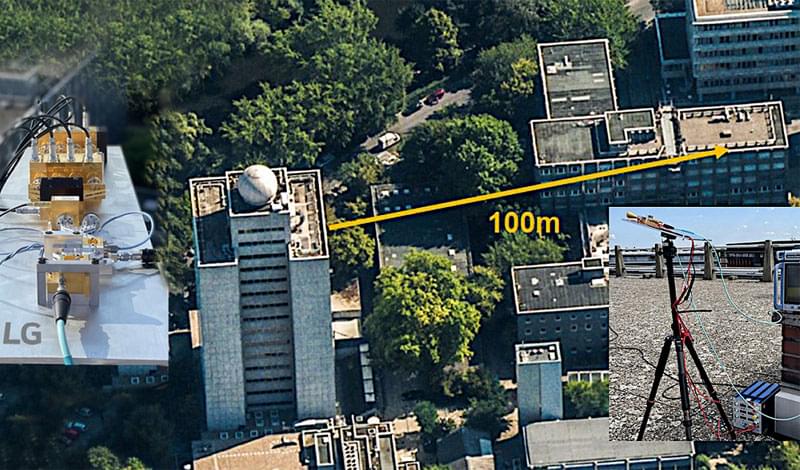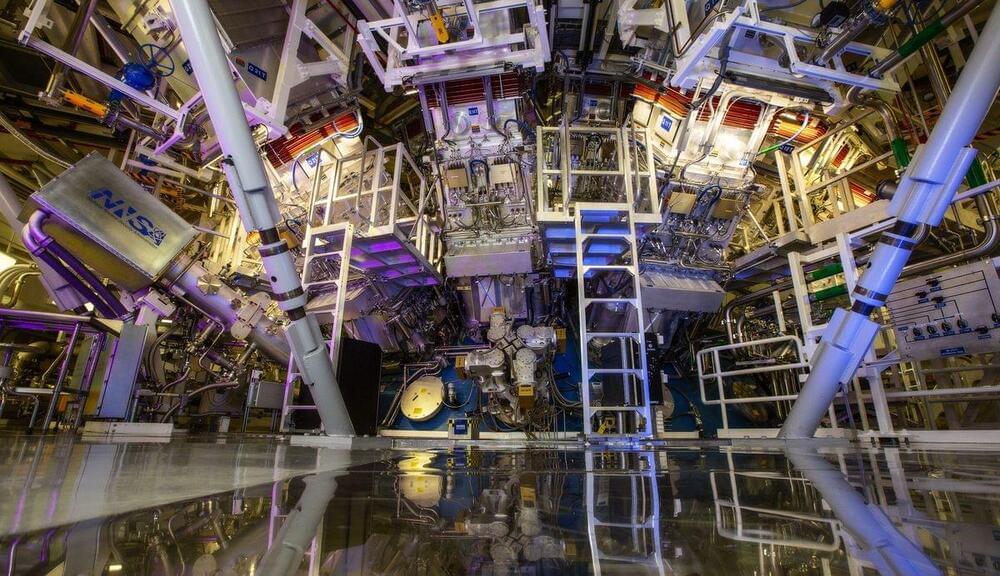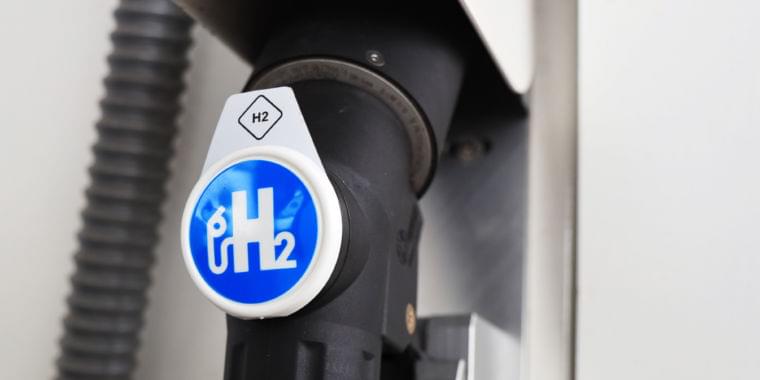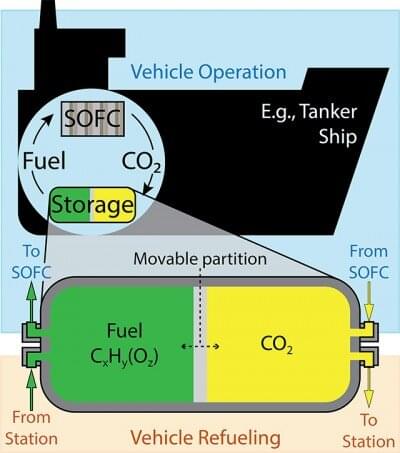Archive for the ‘energy’ category: Page 197
Aug 23, 2021
New record for 6G data transmission
Posted by Future Timeline in categories: energy, internet
South Korean company LG Electronics, working with German research organisation The Fraunhofer Society, has successfully transmitted data a distance of 100 metres with a 6G signal.
6G is the next generation of wireless communication technology, following the current 5G standard. It operates at much higher frequencies than the latter and is expected to offer a ten-fold boost in data rates when eventually commercialised.
Still in the early stages of research and development, 6G is currently limited to short ranges and has the problem of power loss during transmission and reception between antennas. A major technical challenge to date has been the need for power amplification to generate a stable signal across ultra-wideband frequencies. The power amplifier developed by LG and its German partners was crucial to the success of this latest test. It generated a stable signal output up to 15 dBm in the frequency range between 155 to 175 GHz.
It’s been hyped for decades. But scientific progress — and commercial competition — may soon produce a truly groundbreaking clean-energy technology.
Aug 23, 2021
Purple bacteria turn sewage into hydrogen fuel
Posted by Jose Ruben Rodriguez Fuentes in categories: energy, materials
Purple is the new black.
Purple bacteria are poised to turn your toilet into a source of energy and useable organic material.
Household sewage and industrial wastewater are very rich in organic compounds, and organic compounds can be very useful. But there’s a catch: we don’t know of any efficient way to extract them from the eww goo yet. So these resource-laden liquids get treated, and the material they contain is handled as a contaminant.
Continue reading “Purple bacteria turn sewage into hydrogen fuel” »
Aug 21, 2021
Hydrogen lobbyist quits, slams oil companies’ “false claims” about blue hydrogen
Posted by Jason Blain in categories: economics, energy, government
Jackson continues by saying that blue hydrogen is “at best an expensive distraction, and at worst a lock-in for continued fossil fuel use” which would derail goals that the country and the world have set for decarbonizing the economy. He takes particular issue with the fact that oil and gas companies have asked the UK government for decades of subsidies while also claiming that blue hydrogen will be inexpensive to produce. “If the false claims made by oil companies about the cost of blue hydrogen were true, their projects would make a profit by 2030,” he told The Guardian.
Recent studies have questioned blue hydrogen’s low-carbon bona fides.
Aug 19, 2021
The case for onboard carbon dioxide capture on long-range vehicles
Posted by Raphael Ramos in categories: energy, transportation
Researchers are studying adding carbon capture technologies to vehicles so that the CO2 can be sequestered or recycled into renewable hydrocarbon fuels.
According to senior researcher of the study; “This technology really doesn’t have any major hurdles to making it work,”
When people talk about how to eliminate vehicles’ carbon dioxide (CO2) emission, often the conversation often focuses on electrifying cars, trucks and buses. Yet cargo and tanker ships, which are responsible for 3% of all CO2 emissions, are rarely a part of the discussion.
Continue reading “The case for onboard carbon dioxide capture on long-range vehicles” »
Aug 19, 2021
Fully automated container storage system makes first successful trial
Posted by Quinn Sena in categories: energy, sustainability, transportation

DP World has completed testing of the Boxbay fully automated container storage system at its Jebel Ali terminal in Dubai, accomplishing more than 63,000 container moves since the facility was commissioned earlier this year.
The facility, which can hold 792 containers at a time, exceeded expectations, delivering faster and more energy-efficient than anticipated, the Dubai-headquartered terminal operator said.
Continue reading “Fully automated container storage system makes first successful trial” »
Aug 18, 2021
Counter-spinning turbine design draws double the energy from ocean waves
Posted by Genevieve Klien in categories: energy, materials
Scientists at Australia’s RMIT investigating the massive untapped potential of wave energy have come up with a novel design for a convertor they say operates with far greater efficiency than comparable solutions, and which they hope could open the door to widespread commercial use of the technology. The team’s prototype employs a novel dual-turbine design that sidesteps some common technical issues, and proved capable of harvesting twice the energy from waves as current designs in early experiments.
The idea of capturing energy from ocean waves has been around for centuries, and recently we’re starting to see modern machines designed for these purposes take to the seas in some interesting forms. This includes rotating systems that extract power from vertical and horizontal movement, blowhole-like generators that capture energy as waves push water and air through concrete chambers, and squid-like generators with buoyant arms that rise and fall with the motion of the waves.
One of the more common approaches to harnessing wave energy is known as a point absorber buoy, which consists of a flotation device on the surface that is tethered to the seabed. As the buoy moves up and down with the passing waves, it drives an energy converter mechanism built onto the tether partway below the surface. This might be a geared drivetrain that uses the linear motion to spin a flywheel and generate power, as seen in some experimental designs.
Aug 17, 2021
Army Details Successful Prototype Demonstration of First Laser Weapon
Posted by Omuterema Akhahenda in categories: energy, military
FORT SILL, Okla., Aug. 17 2021 — The U.S. Army has completed a directed-energy maneuver short-range air defense (DE M-SHORAD) “combat shoot-off” — its first development and demonstration of a high-power laser weapon. As part of the DE M-SHORAD combat shoot-off, the Army Rapid Capabilities and Critical Technologies Office (RCCTO), alongside Air and Missile Defense Cross Functional Team, Fires Center of Excellence, and the U.S. Army Test and Evaluation Command, took a laser-equipped Stryker vehicle to Fort Sill, Okla. At the combat shoot-off, the Stryker faced a number of realistic scenarios designed to establish, for the first time in the Army, the desired characteristics for future DE M-SHORAD systems.
Aug 17, 2021
Lawrence Livermore claims a milestone in laser fusion
Posted by Jeremy Dylan Batterson in category: energy
FUSION BREAKEVEN ACHEIVED FOR FIRST TIME:
A tiny pellet of deuterium and tritium released more energy than it absorbed from the National Ignition Facility’s bank of 192 lasers.
















